
On an area of 1.5 sao of rice land auctioned by the commune, starting from 2021, Mr. Nguyen Van Binh in My Chua hamlet, Thanh Tien commune wrote a petition to the government to convert it into a shallow pond, converting from rice cultivation to crab and loach farming. With the consent of local leaders, he hired an excavator to dig a shallow pond (about 80cm deep from the bank of the plot), around the bank, he built a concrete embankment on top, and lined it with tarpaulin and corrugated iron underneath the mud to prevent snakes and rats from nesting around the bank.
In the middle of the pond, he dug a ditch around it to bring water in and out, ensuring that the water in the pond is always circulating, avoiding pathogens for the crabs. After carefully preparing the pond, on the one hand, he ordered baby crabs from people who caught them in the area, and on the other hand, he went to catch crabs himself to select and release the breed.
“Local crab breeds that are similar in living environment and climate will be easier to adapt and grow than buying crab breeds from Hai Phong and Hai Duong. Therefore, the first batch of crabs, despite lack of experience, had a survival rate of up to 90%,” said Mr. Binh.

Raising crabs does not require much capital or care; the food is simple and can be homemade such as: rice bran, corn bran, fish meal, and only needs to be fed once every 3 days. Therefore, raising field crabs only requires taking advantage of free time during the day.
The most important thing is to have a firm grasp of the growth characteristics of crabs. For example, during the molting stage, bamboo tubes should be placed in the pond to provide shelter for crabs to avoid the situation where one crab eats the other; during the breeding stage, adult crabs must be harvested and thinned out to make room for the young crabs to develop. Crabs do not like the heat, so water hyacinths must be placed in the pond for the crabs to take shelter in the summer.

“Releasing duckweed in the pond also requires technique. Duckweed must be put in sufficient quantity, ensuring density, and specifically divided into zones, not spread out everywhere, allowing duckweed to cover the entire pond surface. Because when duckweed covers the entire pond, crabs grow poorly, due to the narrowing of living space. On the other hand, it is also difficult to observe the crabs, and difficult to know whether the crabs are sick or not.
In the last months of the farming cycle, it is necessary to increase animal food in the diet so that the crabs grow quickly and have firm meat. At the same time, pay attention to regularly changing the water in the pond or field once a week to stimulate the crabs to molt and catch prey strongly, each time changing 1/4-1/3 of the water in the pond," Mr. Binh shared.
Raising field crabs does not require worrying about the product's "output", because it is favored by the market because the crab meat is firmer, has higher nutritional value, and importantly, consumers do not have to worry about the crab being contaminated with toxic chemicals used in agricultural production.

However, to get a good price for crabs, according to Mr. Binh's experience, farmers must proactively adjust the time of sowing and harvesting. "When rice in the fields has not been harvested yet, and crabs are scarce because they are difficult to catch, the price is high. At this time, proactively harvest, which is both easy to sell and has a good price. In November, when crabs are at their peak, buy seeds to release," said Mr. Binh.
To increase income per unit area, Mr. Binh also raises eels in crab ponds, because this is an easy-to-raise species, living deep in the mud so it does not affect the crabs. According to Mr. Binh's rough calculation, each year, 3 batches of crabs, each batch of 2 quintals, with a selling price of 100,000-120,000 VND/kg, he earns about 70 million VND and about 30 million VND from selling eels, then 1.5 sao of pond brings in an income of about 100 million VND. Compared to growing rice 2 crops before, it is 30-35 times higher.

Mr. Nguyen Xuan Khanh - Chairman of the Farmers' Association of Thanh Chuong district said: The model of raising field crabs from rice fields not only solves jobs, increases income, and brings high economic efficiency to farmers, but also enriches and diversifies the farming objects for the agricultural sector.
At the same time, it contributes to the conservation and development of a valuable aquatic product, the field crab, providing an additional food with high nutritional value and safety for consumers... In the coming time, we will continue to guide, open technical transfer classes, and support capital to replicate the model of breeding field crabs for farmers."
Source




![[Photo] Closing of the 11th Conference of the 13th Central Committee of the Communist Party of Vietnam](https://vstatic.vietnam.vn/vietnam/resource/IMAGE/2025/4/12/114b57fe6e9b4814a5ddfacf6dfe5b7f)


![[Photo] Overcoming all difficulties, speeding up construction progress of Hoa Binh Hydropower Plant Expansion Project](https://vstatic.vietnam.vn/vietnam/resource/IMAGE/2025/4/12/bff04b551e98484c84d74c8faa3526e0)






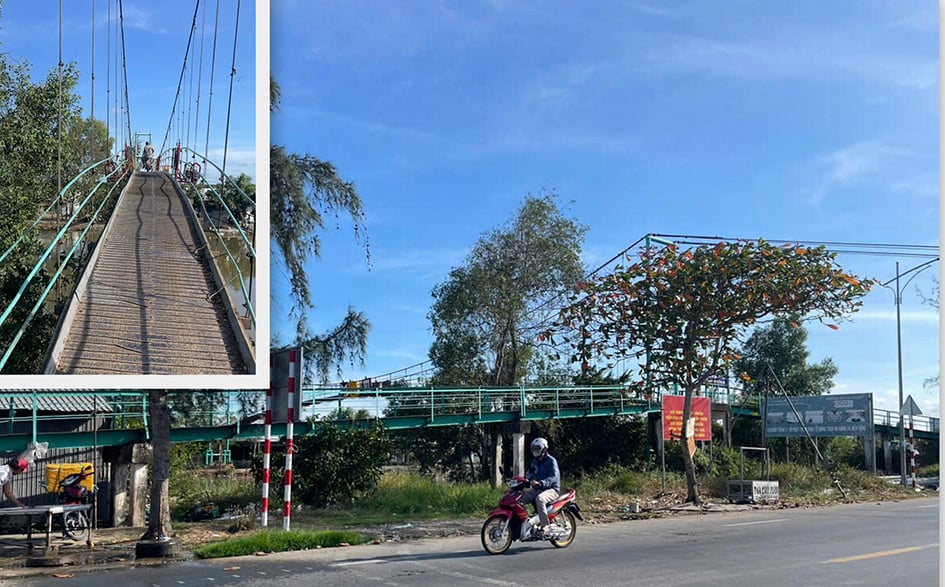


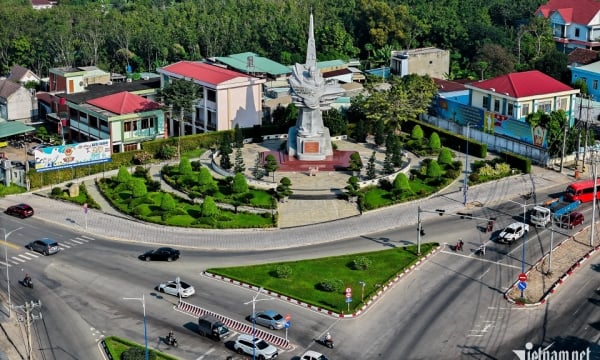
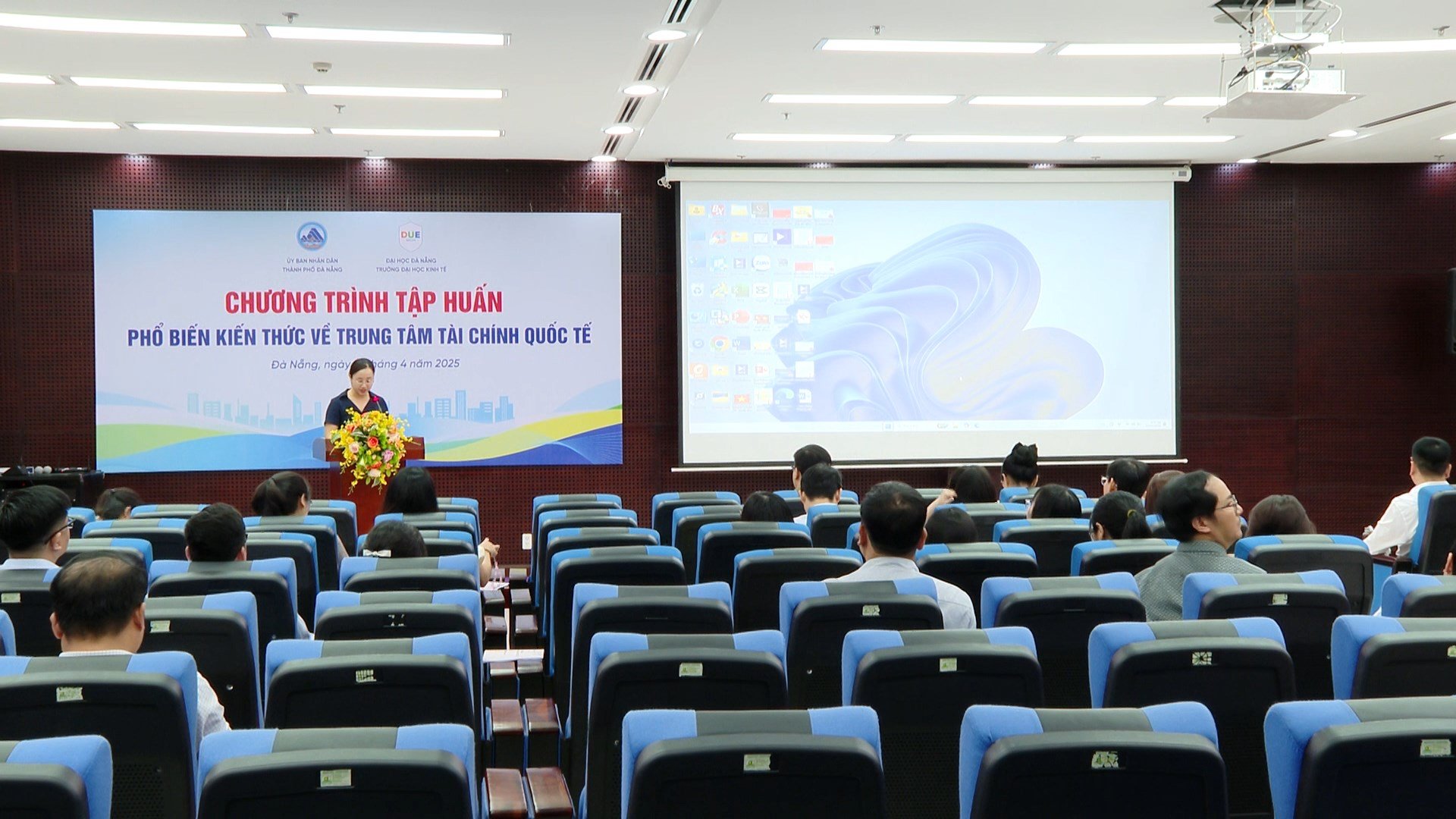






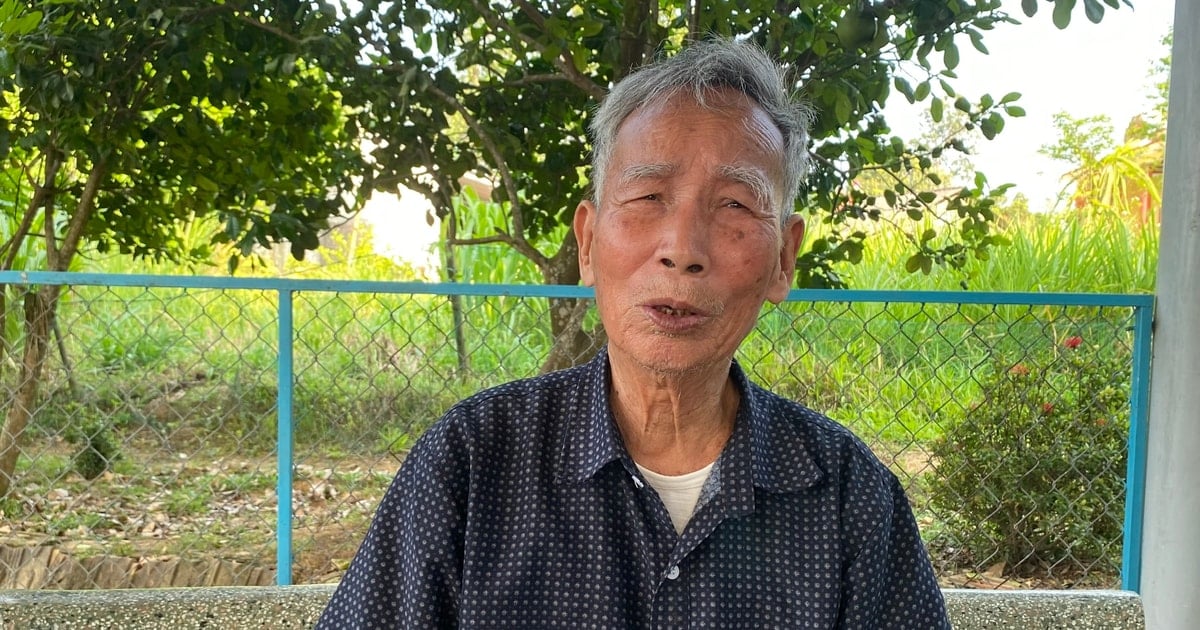

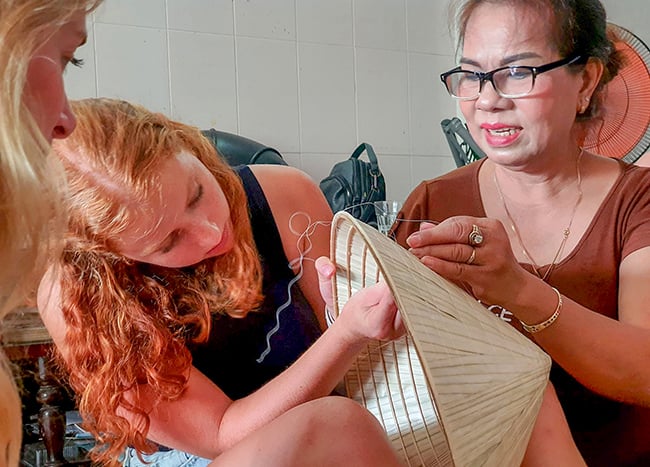
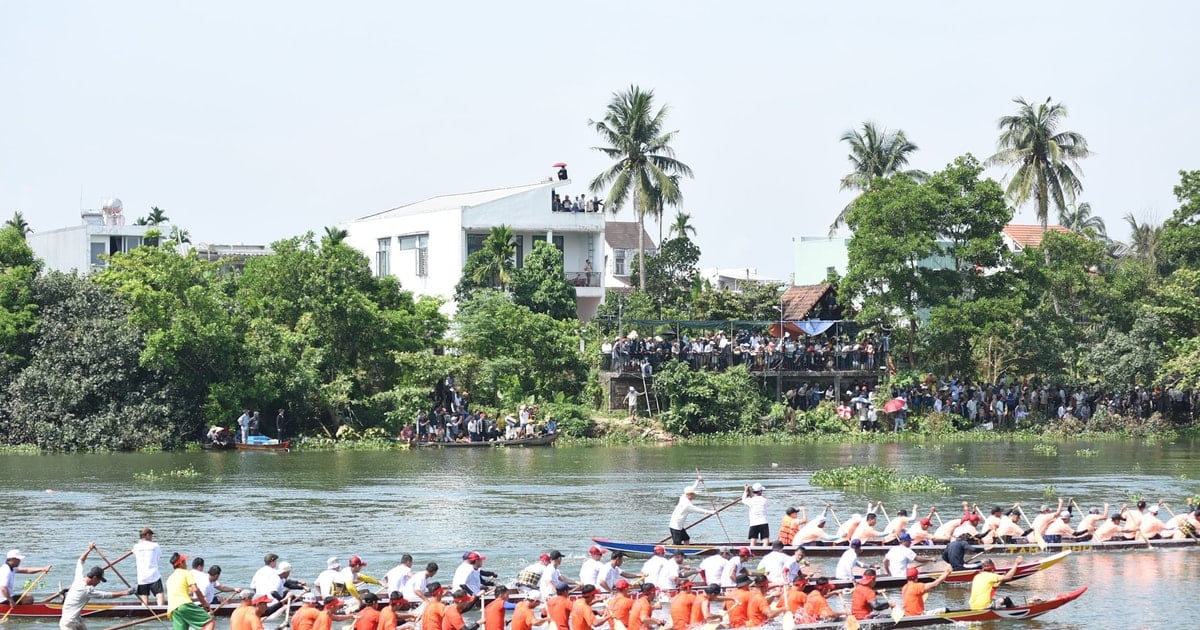














































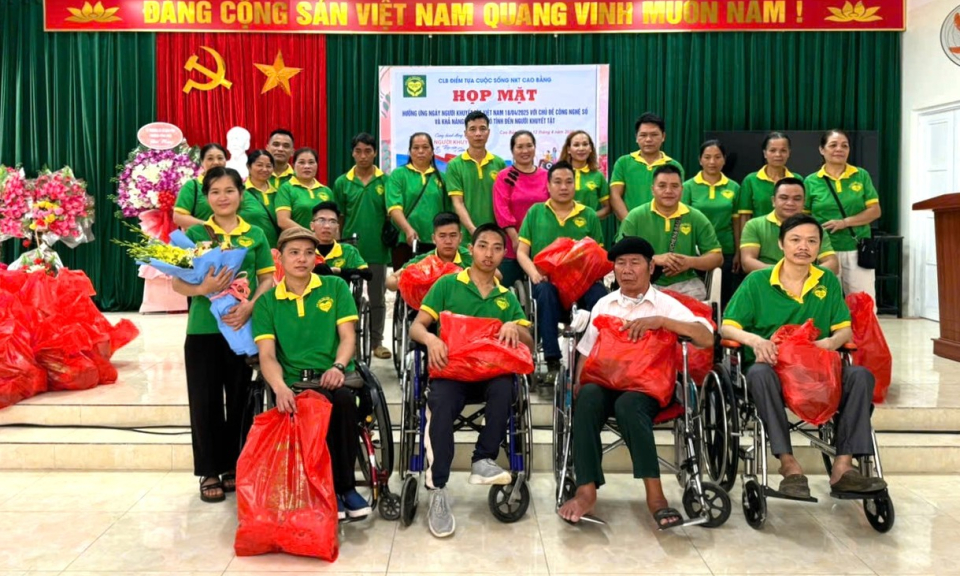

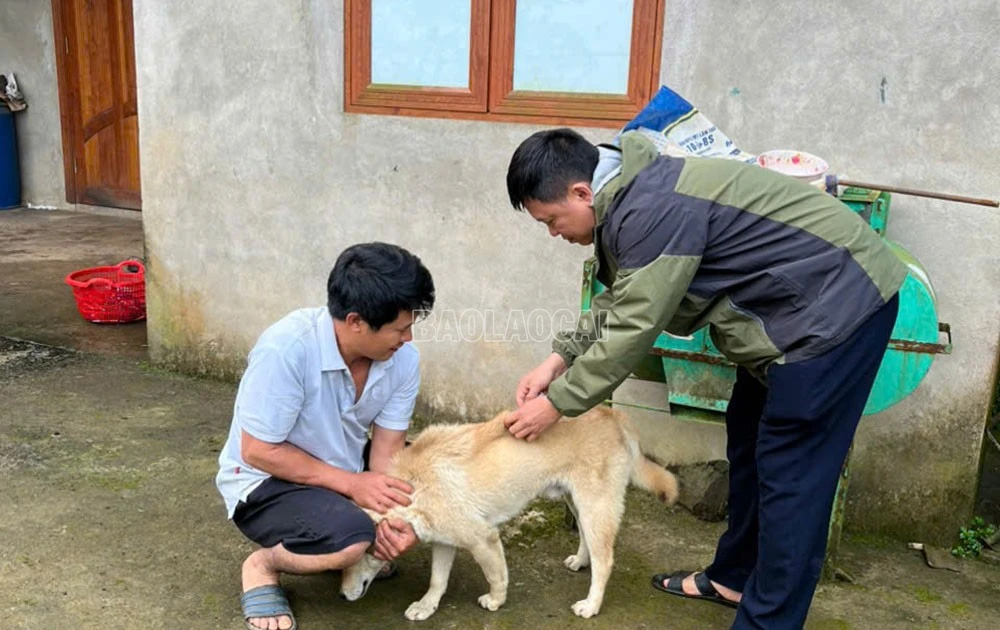





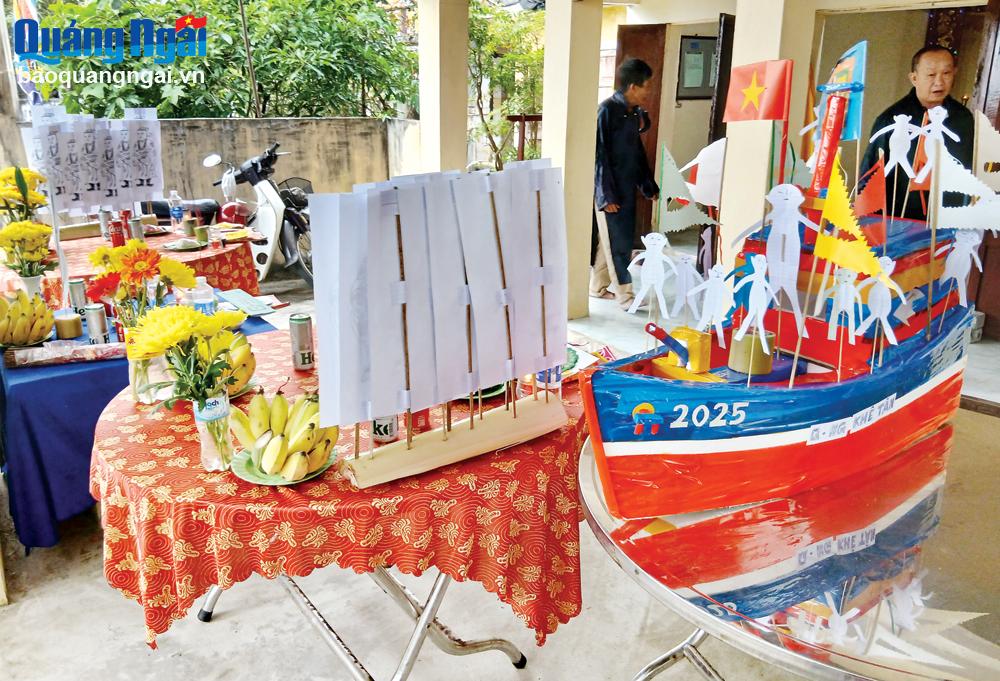











Comment (0)